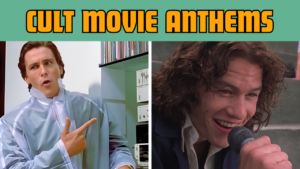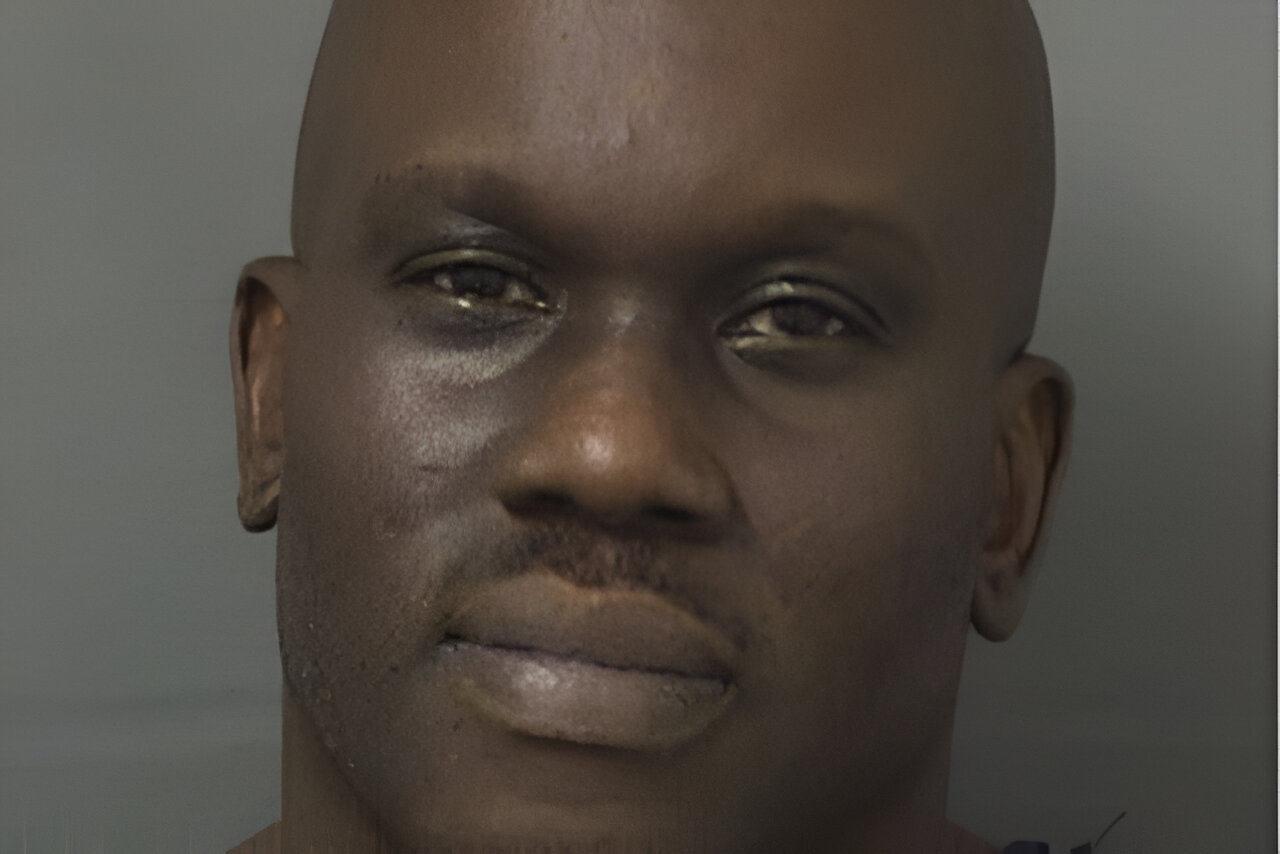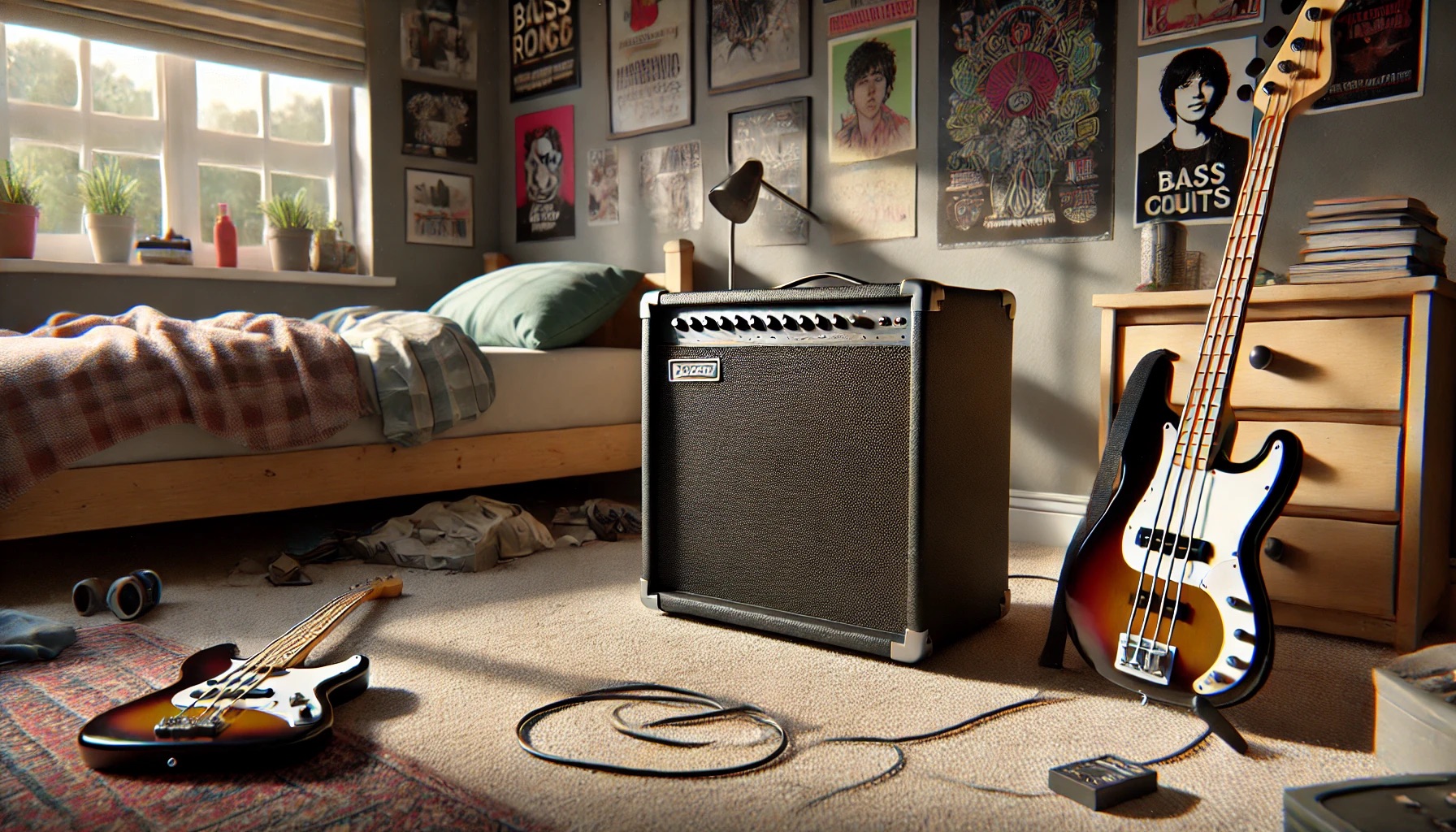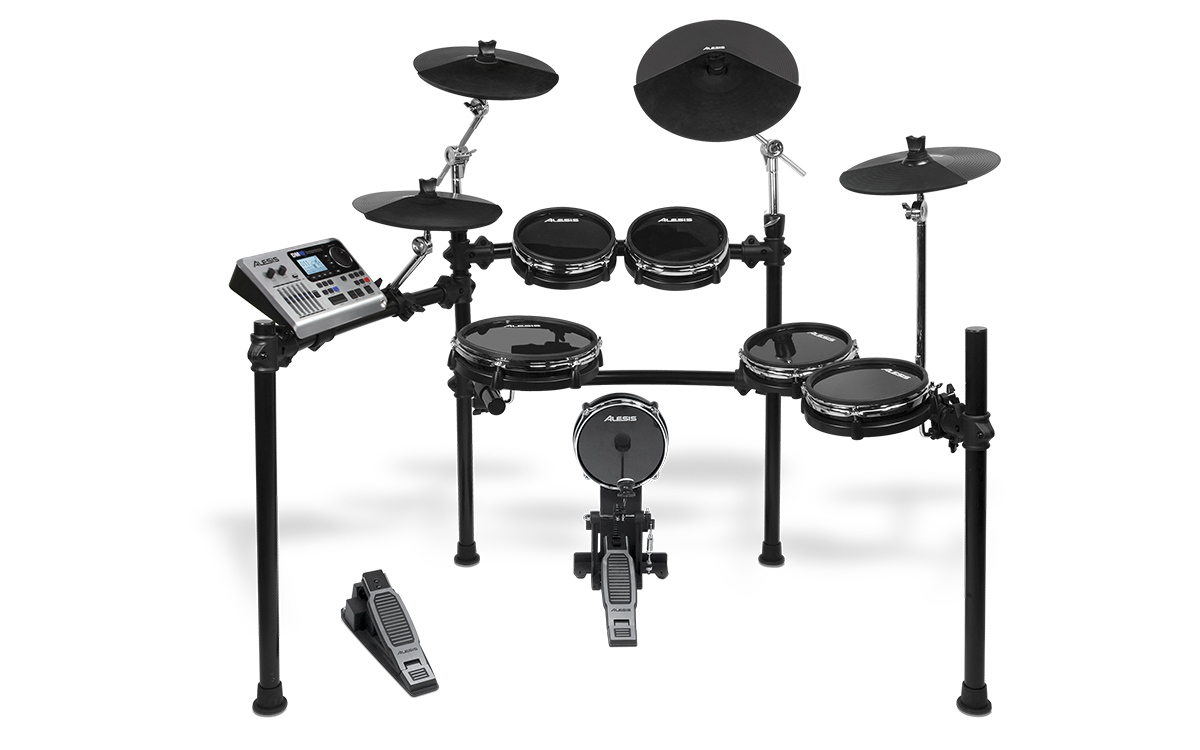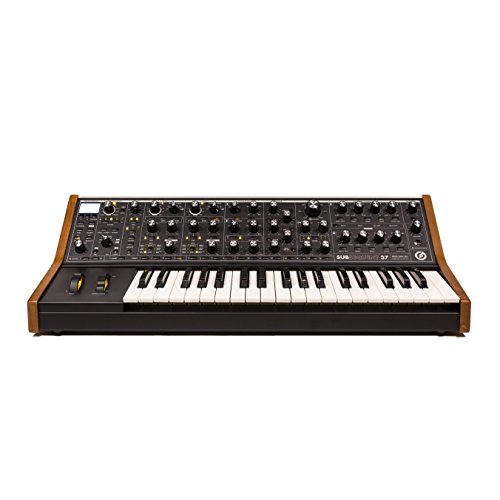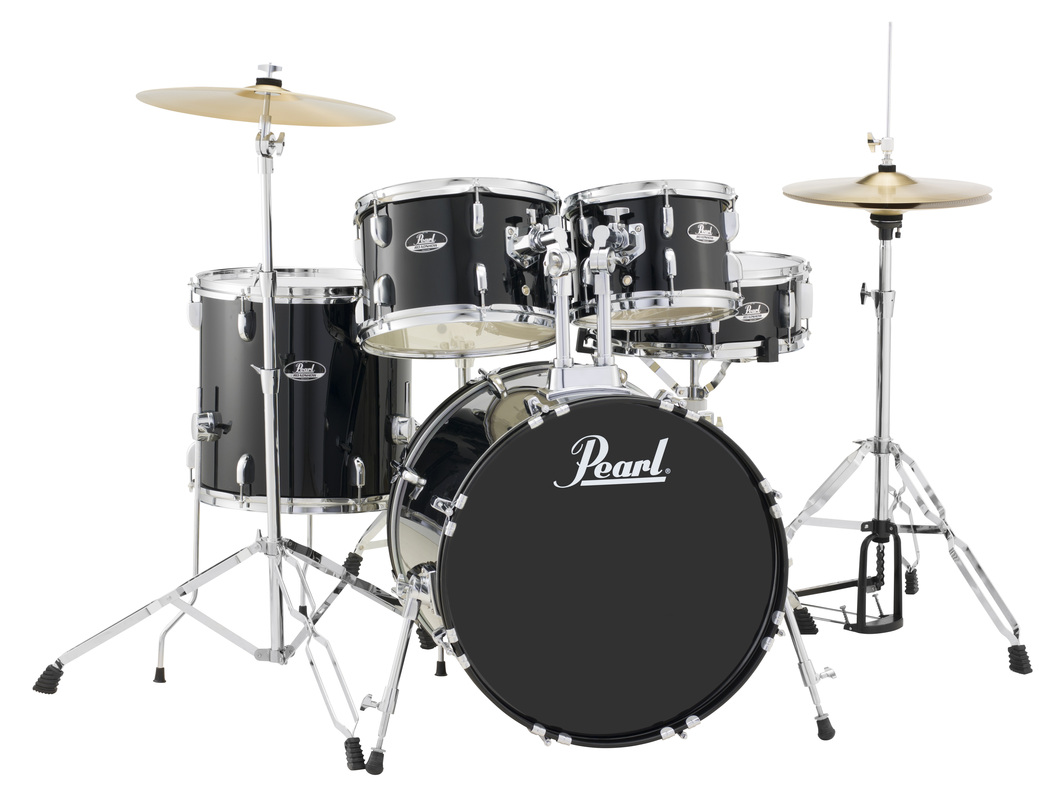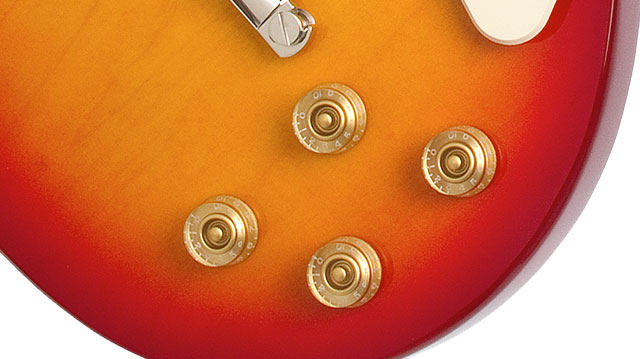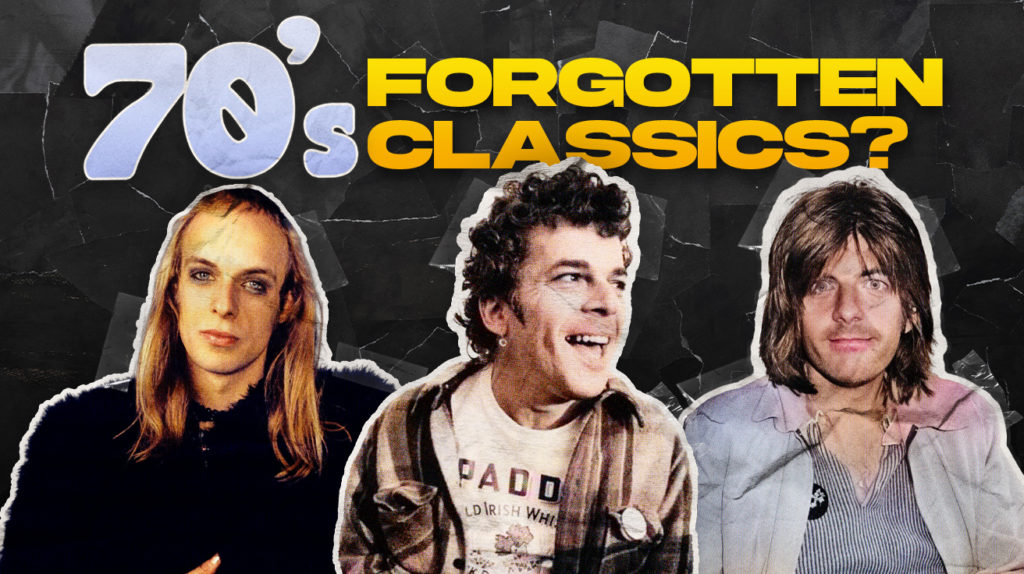
Picture this: you’re at a party when “Stairway to Heaven” starts playing for the ten millionth time. Everyone nods along like they’ve discovered something profound, while you’re secretly wondering if there’s any 70s music that hasn’t been played to death. The 1970s music scene was like an iceberg—everybody knows the 10% floating above water, while the most fascinating stuff lies beneath the surface, slowly killing your Spotify algorithm with its glaring absence.
These 20 hidden treasures will transform your understanding of the decade faster than platform shoes transformed the average person’s height.
20. Link Wray – “La De Da”

You know Link Wray for “Rumble”—that menacing instrumental that sounds like trouble. But his 1971 self-titled album reveals a completely different side of him. “La De Da” bursts with the kind of joy usually reserved for lottery winners and people who find parking directly in front of their destination. The tune’s simple melody will stick in your brain, compelling your feet to tap even during inappropriate moments (like funerals, job interviews, or while your partner is telling you about their day).
19. Odetta – “Hit or Miss”
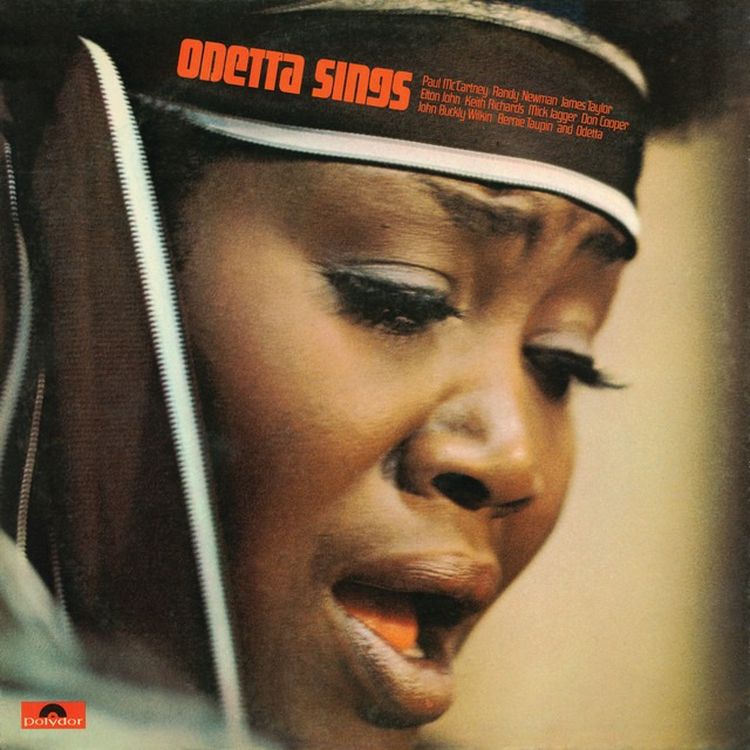
Odetta influenced an entire generation of musicians, which makes her obscurity truly baffling. The “voice of Civil Rights” taught Bob Dylan everything he knows (or at least that’s what music historians with integrity will tell you), while Mavis Staples basically enrolled in Odetta University. Her 1970 soul cut “Hit or Miss” embraces self-acceptance with remarkable confidence. This track offers a master class in authenticity that modern “influencers” would pay thousands for.
18. Sparks – “Number One Song in Heaven”
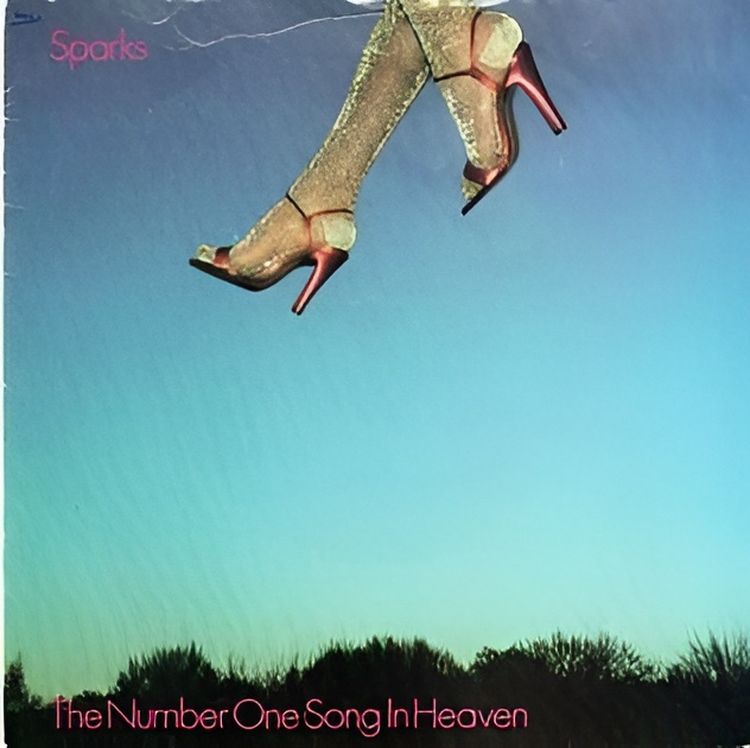
Before electronic music meant watching some guy press play on a MacBook while occasionally adjusting his baseball cap, there was Sparks’ collaboration with Giorgio Moroder. “Number One Song in Heaven” runs 7.5 minutes long (which in 1979 was roughly equivalent to releasing a three-part film trilogy today). It starts gently before building to an incredible climax, ultimately reaching a state of celestial bliss. New Order and Sonic Youth basically built careers out of ideas these guys casually tossed aside.
17. Ann Peebles – “I Can’t Stand the Rain”
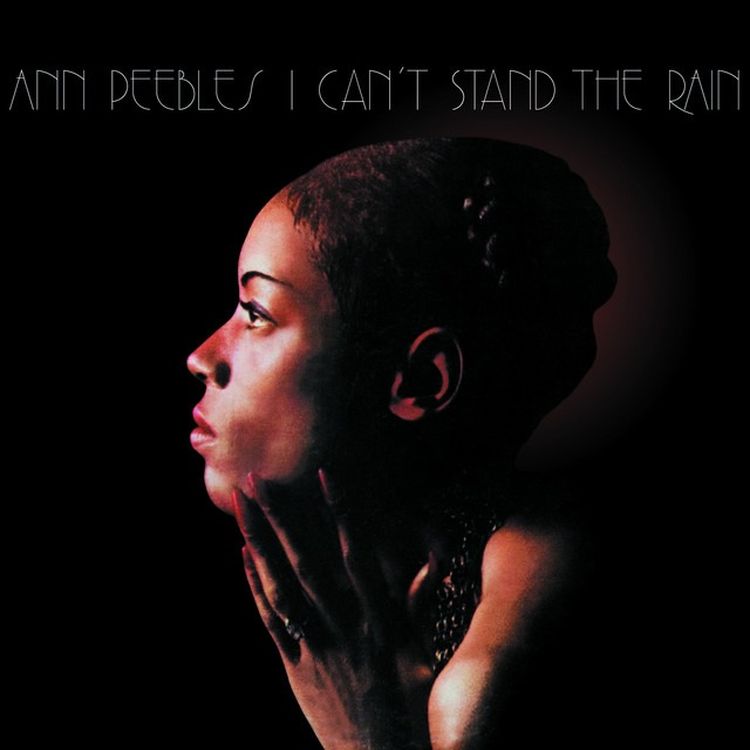
In a just world, Ann Peebles would have her face on currency, but instead, she remains history’s most criminally underrated soul singer (a category with staggeringly fierce competition). Her 1974 hit “I Can’t Stand the Rain” opens with an electronic raindrops effect that was cutting-edge technology back when “cutting-edge technology” meant “doesn’t require a dedicated room of its own.” Even John Lennon—a man not exactly known for his excessive praise of others—called it “the best woman’s song ever.” Her sad lyrics will break your heart with remarkable efficiency.
16. Amanaz – “Khala My Friend”
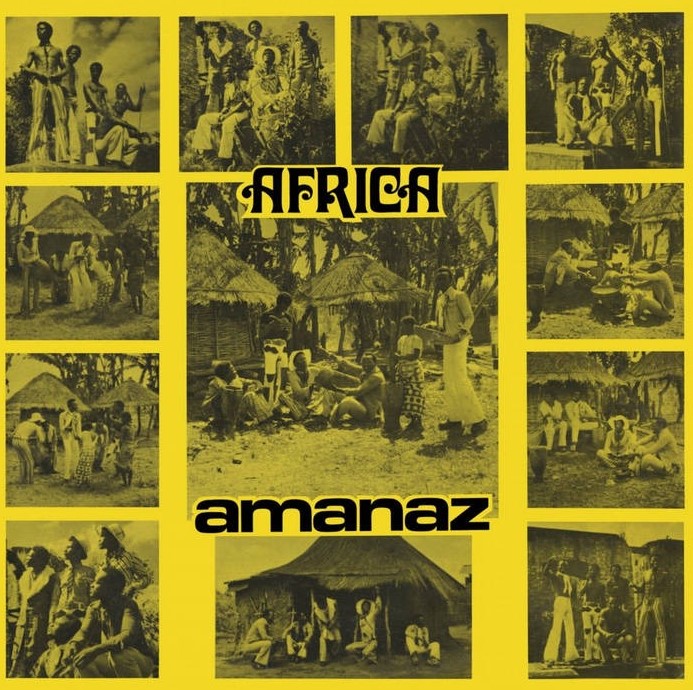
Record collectors worldwide hunt for rare African tracks with incredible dedication. “Khala My Friend” blends late 60s psychedelic rock with Zambian musical traditions in a surprisingly effective way. Its tranquil vibes provide a sense of calm that modern mindfulness apps charge $9.99/month to approximate (with considerably less soul).
15. Rodriguez – “Cause”

Rodriguez remained such a mystery in the US that most people never heard of him until decades later. His songwriting rivals Dylan’s, which is quite a statement. “Cause” tells a haunting tale of alienation so effectively that it makes most modern songs about loneliness sound shallow. The fact that you probably only know him from the “Searching for Sugar Man” documentary is a cultural crime of the highest order.
14. Brian Eno – “Needles in the Camel’s Eye”
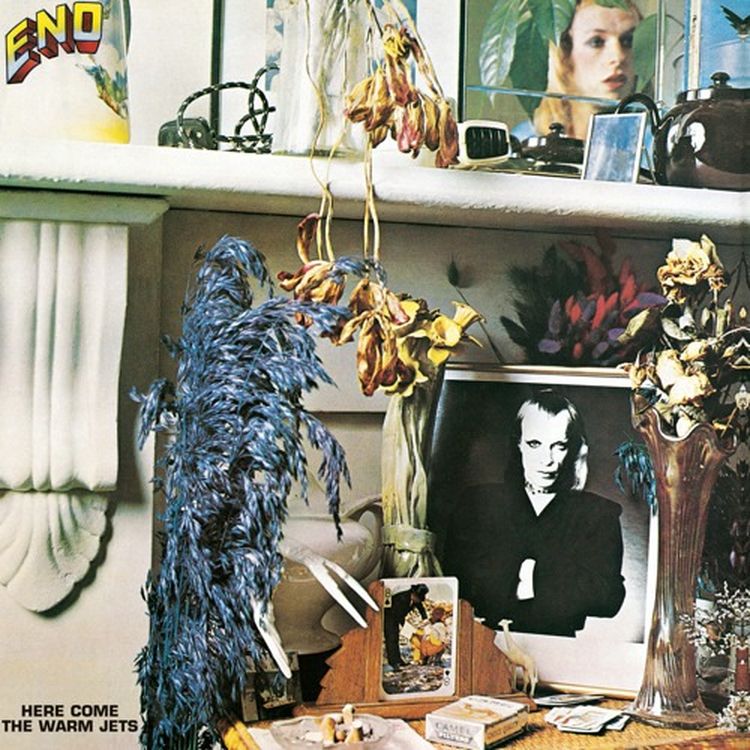
Brian Eno is a revolutionary music producer with incredible range. After leaving Roxy Music (a band whose glamour was unmatched), Eno released this track that feels so timelessly modern it could have been released yesterday. David Bowie and David Byrne both sought his expertise for good reason. “Needles in the Camel’s Eye” borrows from glam rock while simultaneously elevating the form.
13. William Onyeabor – “Fantastic Man”
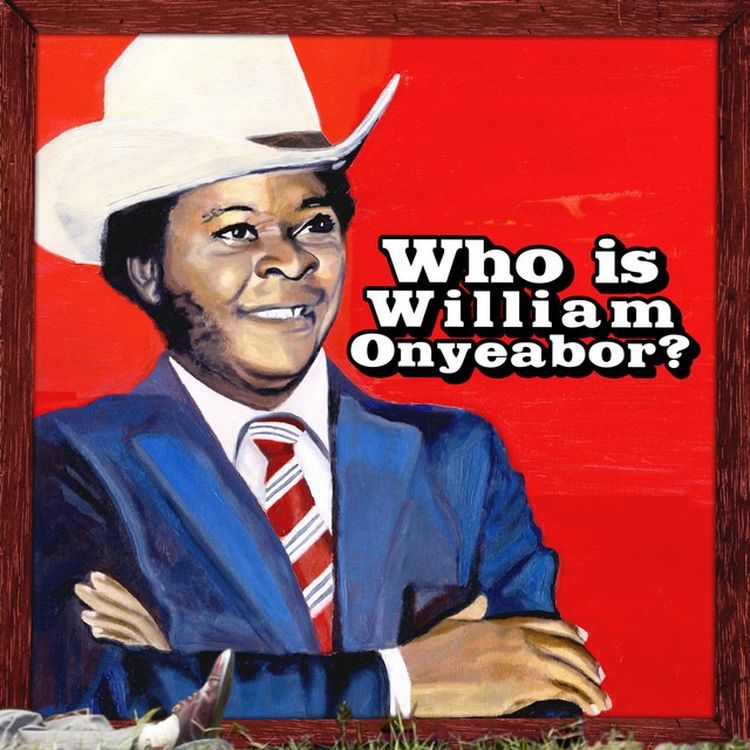
Roughly 70% of funk fans missed Nigerian genius William Onyeabor, which is a real shame. He self-released albums with impressive DIY spirit before turning away from music entirely. “Fantastic Man” delivers an irresistible funky beat paired with synth melodies that were years ahead of their time.
12. Swamp Dogg – “Synthetic World”
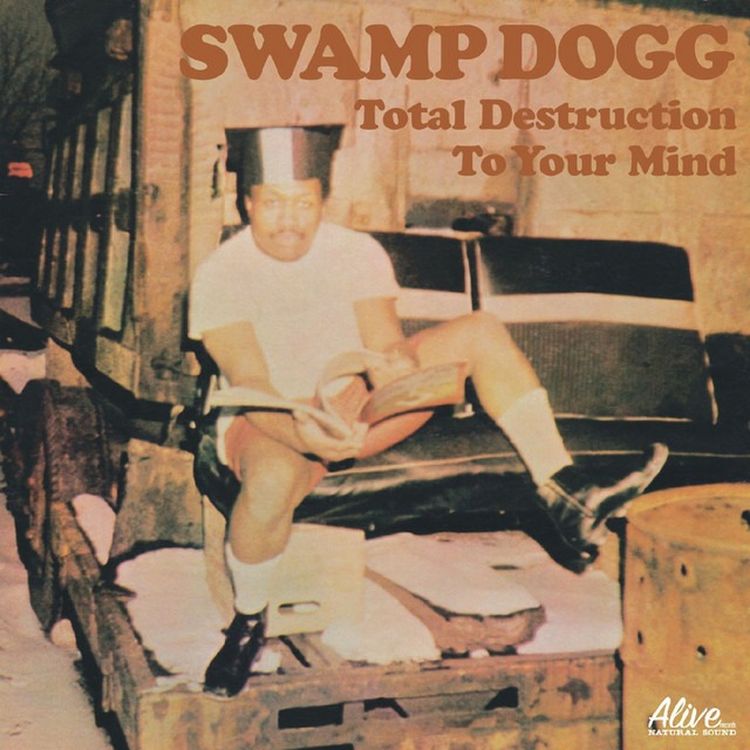
Jerry Williams Jr. created the Swamp Dogg persona as an alter ego that allowed him to sing about anything without constraints. “Synthetic World” masquerades as soul gold while hiding darkness beneath its surface—like that friend who seems super cheerful on social media but texts you existential questions at 3 AM. The song reveals modern isolation with remarkable precision.
11. Big Star – “September Gurls”
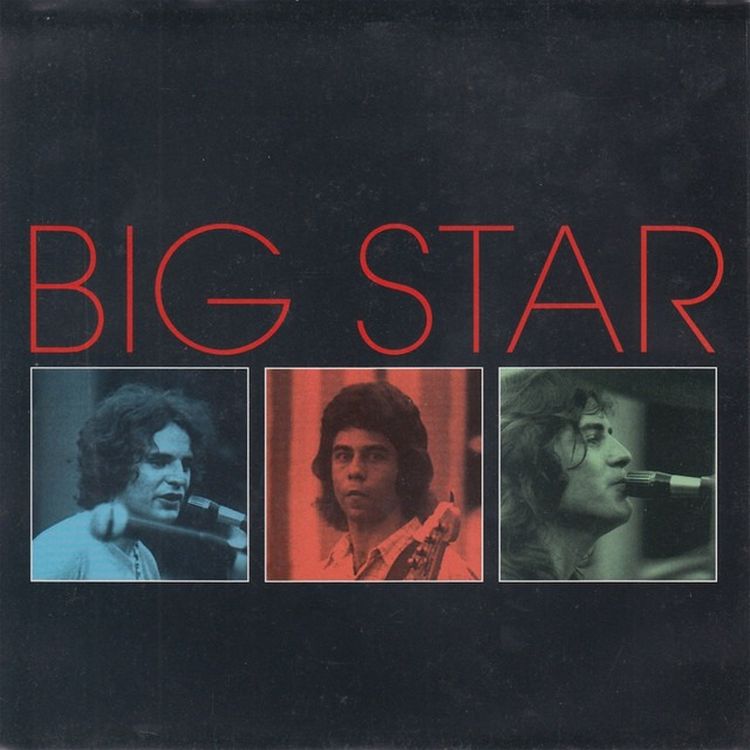
Looking for perfect power pop? “September Gurls” is the Platonic ideal. Big Star had almost no commercial support, which explains why this deserving hit single languished in obscurity while far less interesting songs dominated the charts. This ear-worm will stick in your head for days.
10. Chris Spedding – “Video Life”
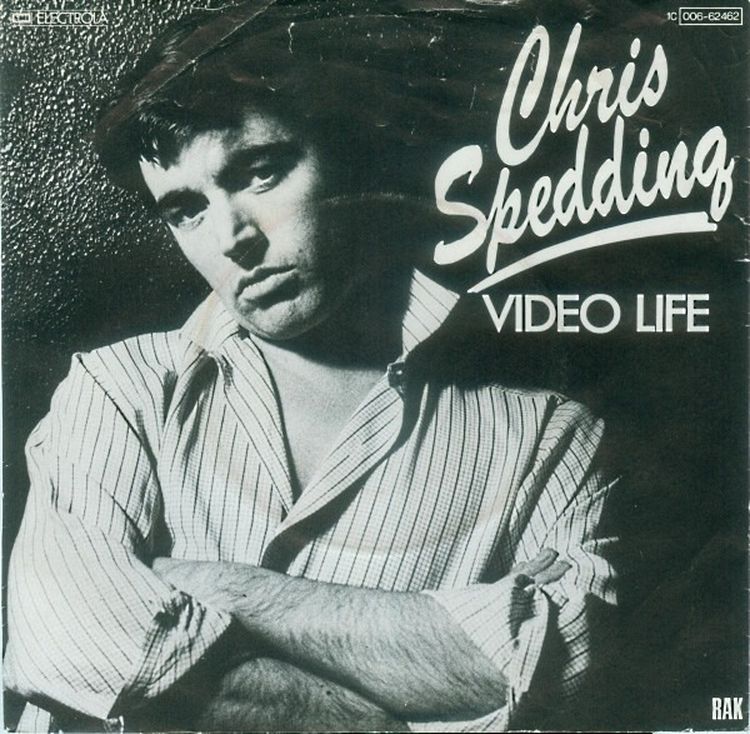
Chris Spedding is like that character actor whose face you recognize but whose name you can never remember, despite appearing in literally everything. He played guitar for Elton John, got hired by both Paul McCartney and Brian Eno (two men who agree on approximately nothing else), and even produced early Sex Pistols demos. “Video Life” creates an atmospheric trance that’s absolutely hypnotic. Its subtle textures create a bliss state that expensive meditation retreats promise but rarely deliver.
9. Funkadelic – “Can You Get to That”
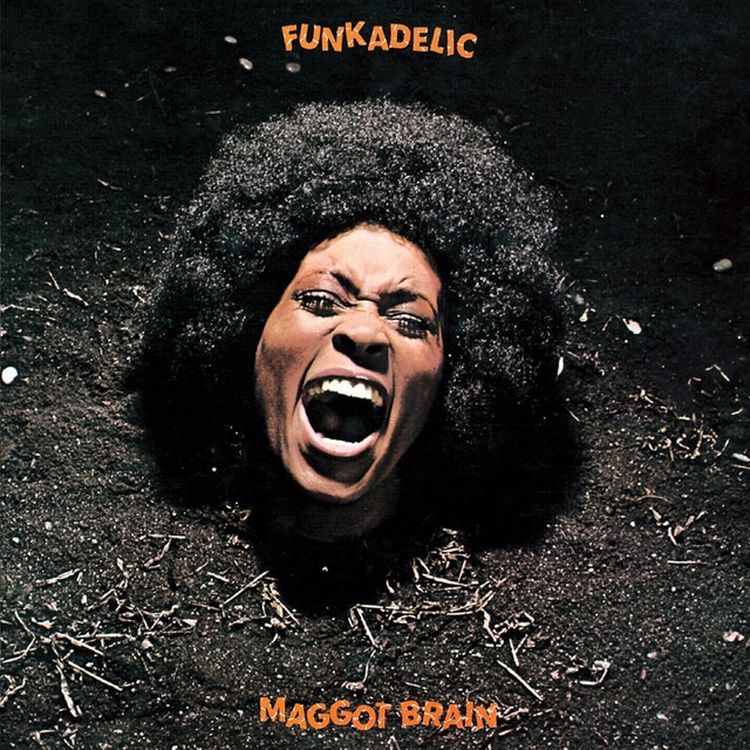
Funkadelic moved across genre boundaries with incredible confidence. “Can You Get to That” blends funk and psychedelic rock into something completely unique. The vocals shift from low to high over a rock-solid beat, creating complex musical layers. George Clinton and company created this while simultaneously inventing about six other genres and designing outrageous costumes.
8. Bobby Charles – “Small Town Talk”
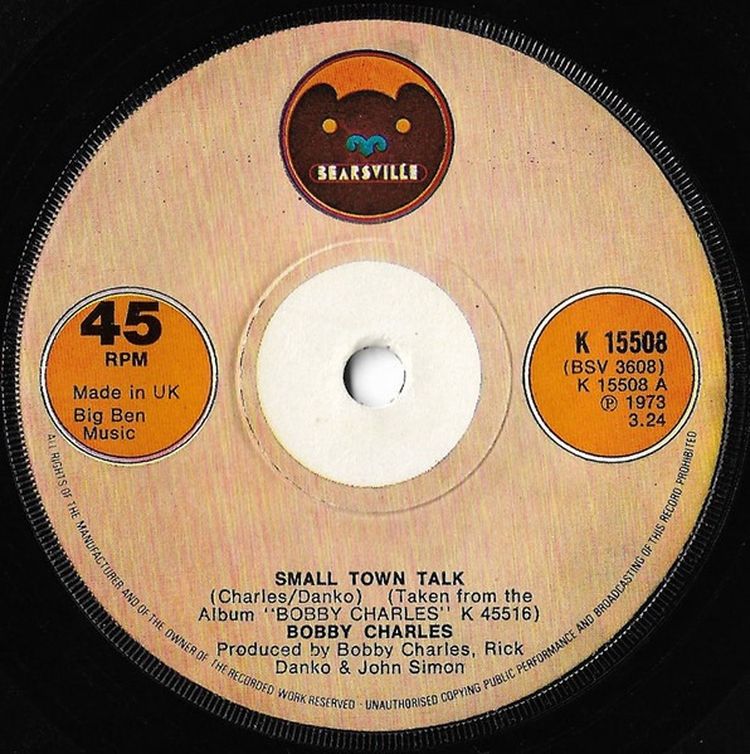
Bobby Charles remains unknown to casual music listeners despite his immense talent. This Louisiana songwriter crafted “Small Town Talk” with incredible delicacy. Close your eyes during this track and you’ll envision Main Street America with remarkable clarity. It perfectly captures small-town life with the accuracy of someone who couldn’t wait to escape it but still gets nostalgic occasionally.
7. Ofege – “It’s Not Easy”
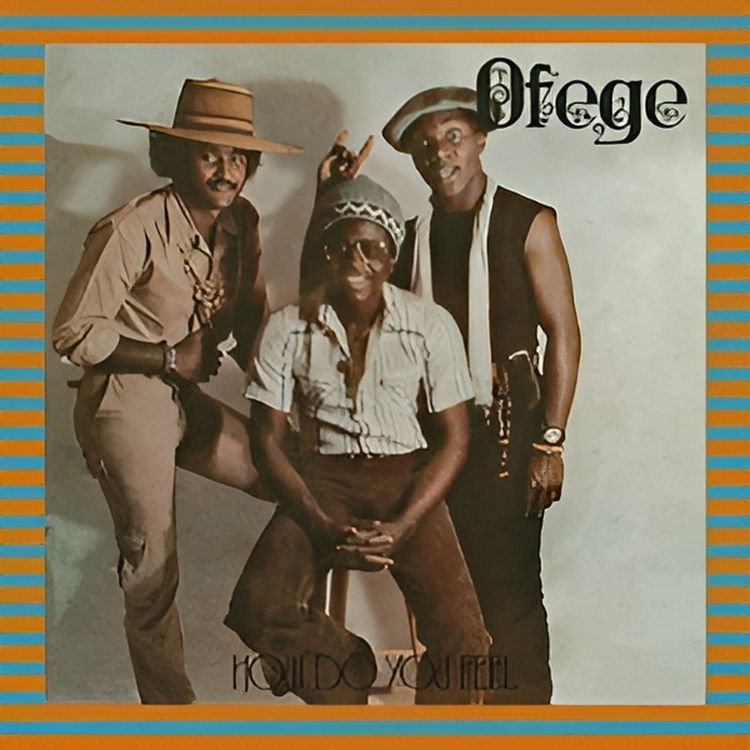
While American teenagers were forming garage bands that sounded like worse versions of Led Zeppelin, Nigerian high school students Ofege were creating psychedelic masterpieces that should have their own wing in the Rock and Roll Hall of Fame (which, let’s be honest, has about as much credibility as a politician’s promise anyway). “It’s Not Easy” makes you wonder what other musical geniuses you’re missing from around the globe.
6. Moondog – “High on a Rocky Ledge”

Moondog was the kind of undiscovered genius who makes you question everything you thought you knew about music. This blind composer built his own instruments with remarkable determination. Philip Glass, Charlie Parker, and Frank Zappa knew his worth (an endorsement lineup more impressive than any celebrity skincare brand could dream of). “High on a Rocky Ledge” stands as one of the most beautiful sounds ever recorded.
5. Alessi Brothers – “Seabird”
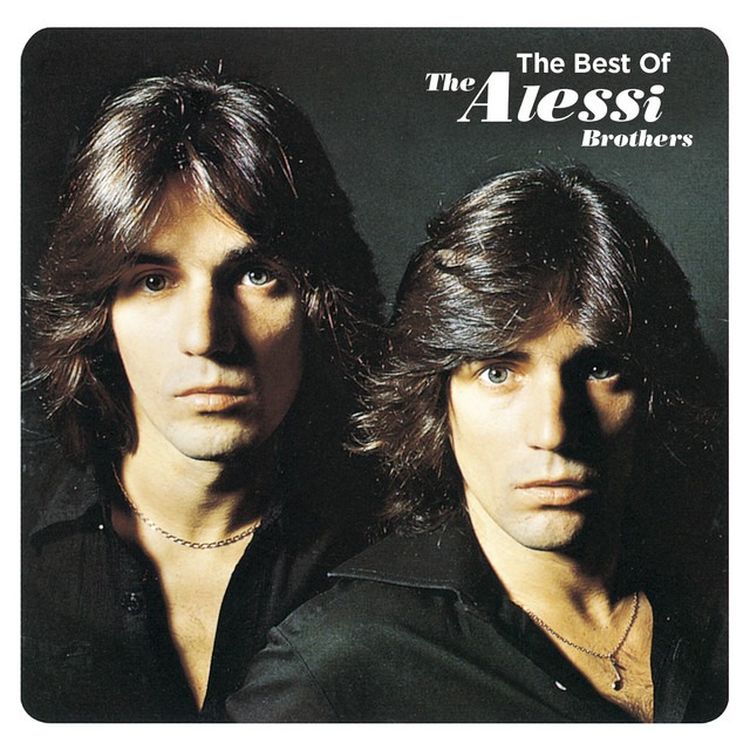
The 70s pop scene was the natural habitat for songs like “Seabird“—a track unashamedly sentimental. The Alessi Brothers compare love to seabirds with earnest emotion. It stands as a pinnacle of 70s cheese-pop—an achievement so pure in its commitment to sentimentality that it loops back around to brilliance. Embrace this campy gem like the guilty pleasure it is.
4. Nick Lowe – “I Love the Sound of Breaking Glass”
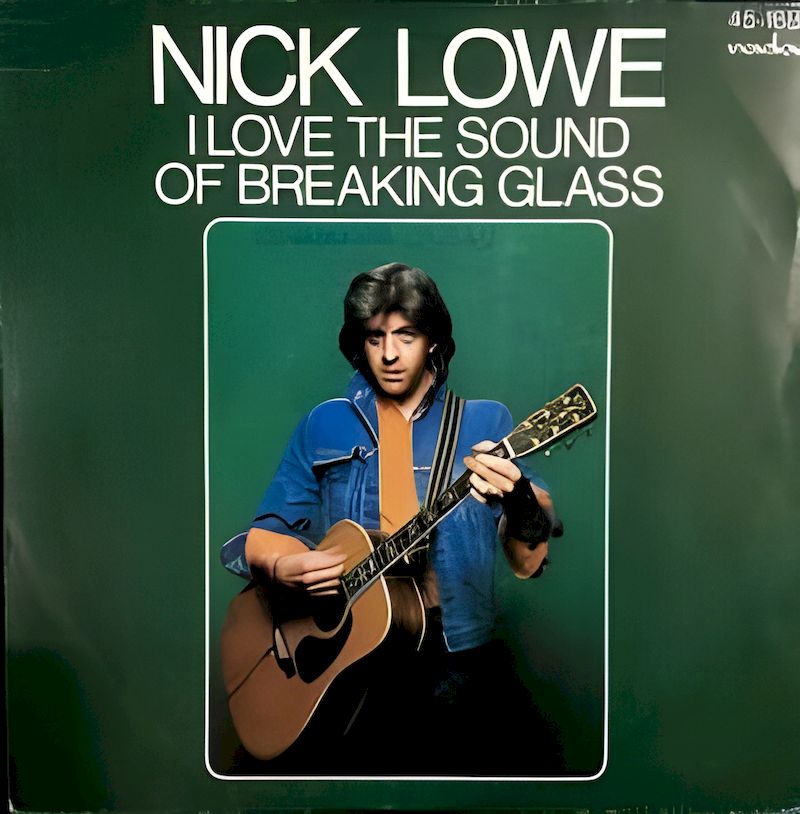
Nick Lowe engineered this track with pure fun as its foundation. “I Love the Sound of Breaking Glass” has an irresistible bounce and energy. There are no hidden metaphors here—just musical joy delivered efficiently. This happy tune provides instant mood elevation with no side effects.
3. Darondo – “Didn’t I”
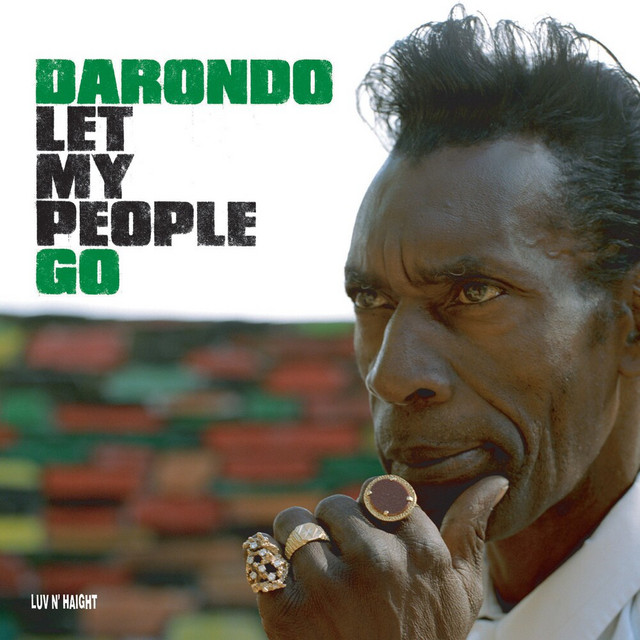
Soul collectors search for hidden treasures like Darondo’s “Didn’t I” with incredible dedication. Despite his remarkable vocal talent, Darondo’s masterpiece remained virtually unknown. “Didn’t I” has incredible swagger, creating a soul experience so authentic it makes most modern R&B sound manufactured.
2. Buchanan Brothers – “Son of a Loving Man”
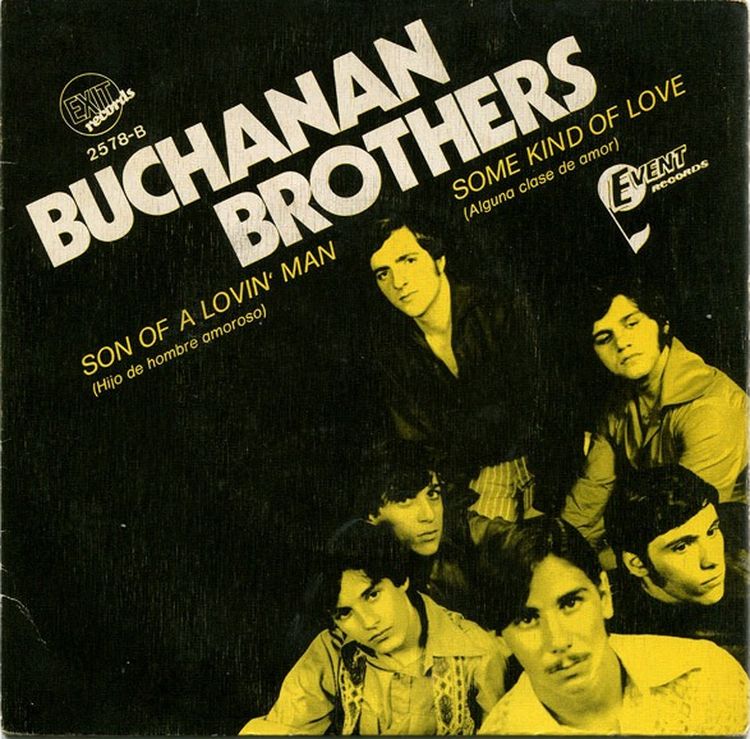
The Buchanan Brothers remained in obscurity until Tarantino featured them in “Once Upon a Time in Hollywood”—giving them long-overdue recognition. “Son of a Loving Man” defines the late 60s/early 70s California sound perfectly, transporting you back to an era when people genuinely believed fringe vests were acceptable outerwear. This time capsule of a song delivers Hollywood history without revisionism.
1. Ian Dury – “Sex and Drugs and Rock and Roll”
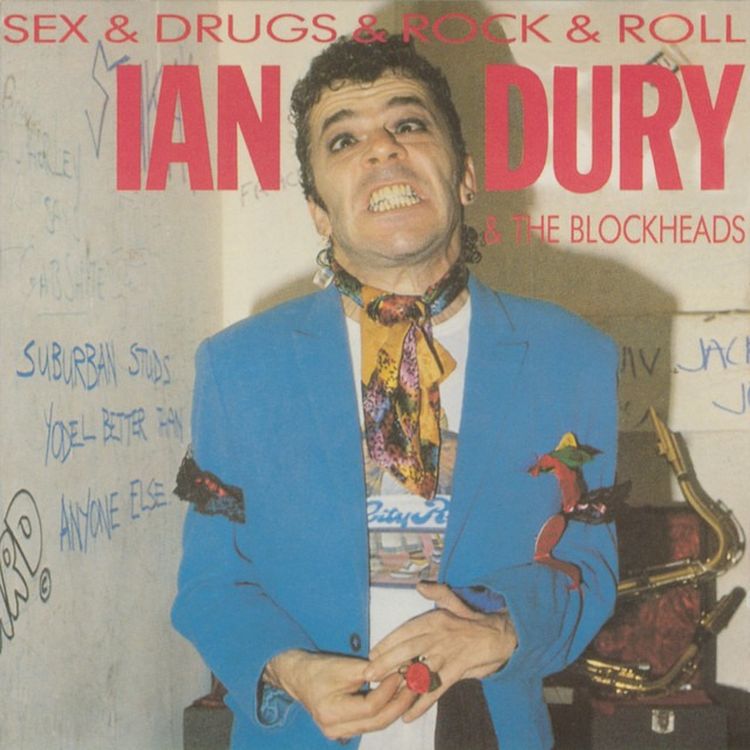
Ian Dury articulated rock’s rebellious ethos with remarkable precision. “Sex and Drugs and Rock and Roll” embraces excess completely unapologetically. The relentlessly driving guitar powers this anthem to rock rebellion. Dury defined the decade’s spirit in under four minutes, accomplishing what most modern artists fail to do across entire albums. This is rebellion distilled to its purest form.





